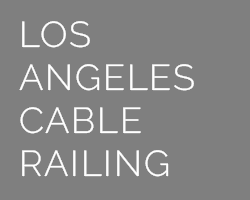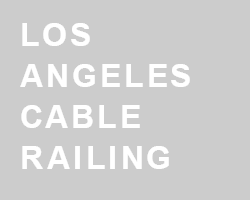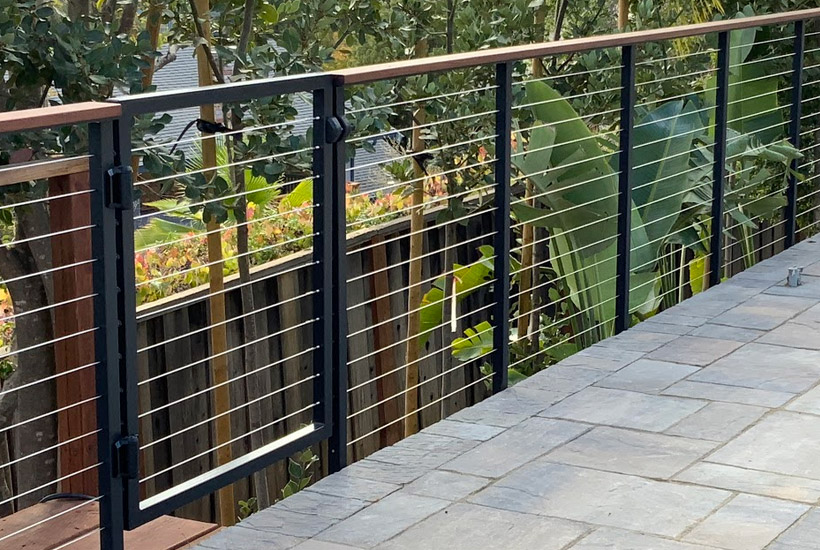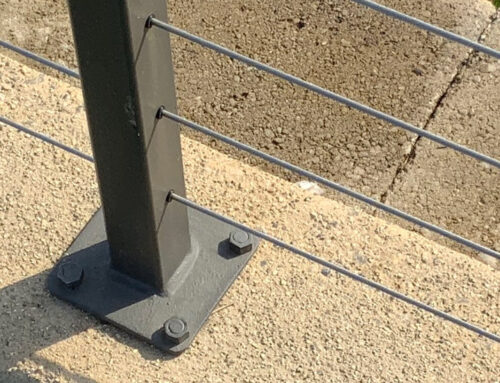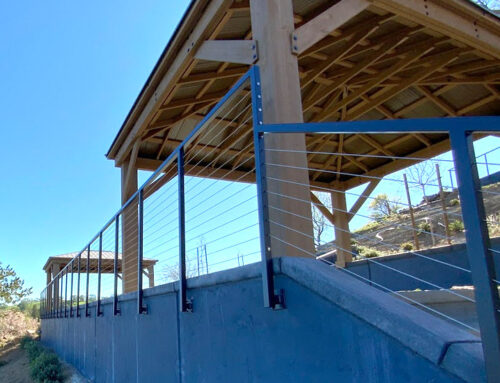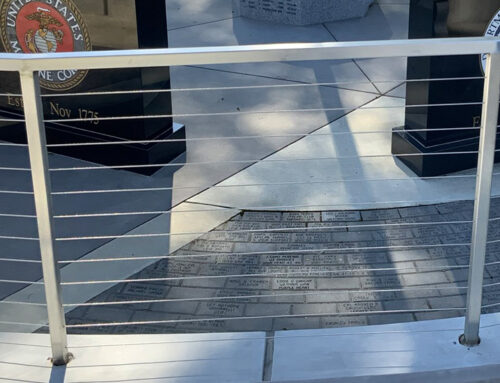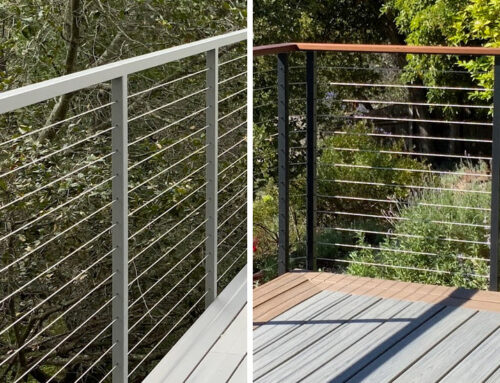Ensuring your cable railing is up to code in California not only tells you that it was properly installed by a competent crew, but also increases the safety of you and your family when spending time near your railing.
In general, if your deck or balcony is more than 30 inches above the ground, a secure guard rail of some sort will be required. This can be a standard wooden or metal banister, or a cable railing as per your preferences. When it comes to cable railings, however, the code requirements are slightly different than if it were a rigid wood or metal construction.
In California, there are various cable railing codes that must be met or exceeded in order for your railing to be compliant with the building code. In the case of cable railing specifically, the system may be difficult to evaluate due to a wide range of factors regarding the anchorage and suspension requirements of the cabling system.
Size and Spacing Requirements
For spacing, residential guardrails should have openings that prevent the passage of a 4 inch diameter sphere. Many cable rail systems can be customized to meet and exceed this requirement while still looking attractive.
The diameter of a cable railing system should not be smaller than ⅛” in diameter for each cable. In addition, the cables themselves should be spaced 3 inches apart or less to meet with previous spacing requirements as well. This distance is measured from the inside edge of the two nearest cables.
For security, a turnbuckle device should be placed on each cable to maintain proper tension throughout the years. A proper turnbuckle device will have a locking nut to prevent curious children from adjusting the tension of the cables and potentially harming themselves in the process.
Load Bearing Requirements
Horizontal cable railings will be required to support a 50 pound suspended weight. While this weight is suspended, the spacing test will be performed with the previously mentioned 4 inch diameter sphere. For rigid wooden or metal railings, the weight requirement would be raised to 200 pounds of force applied to the top rail.
If the sphere can pass between the railings near the point that the weight is suspended, the cable system will not meet California state code. In this case, tension must be adjusted or the suspension system will need to be reworked.
Inspection Results
Once your cable railing system has been inspected by a licensed building inspector or code enforcer, you will be provided with a list of standards and any faults your railing system may have received. This gives you a list of the potential issues and how they can be adjusted.
If your cable railing system meets or exceeds the code requirements, it will be listed as complying with code. This means you will not have to make any adjustments and can rest assured knowing your cable railing system is safe and secure for yourself, your family, and your visitors.
